The Ultimate Guide to Optimizing Your Tool Setup Process
From finding skilled employees to training new ones to keeping up with rising hourly rates, labor headaches abound in the metalworking industry. In fact, while productivity (hourly output) has remained fairly stagnant since the early 2000s, hourly rates have risen sharply, according to the U.S. Bureau of Labor Statistics.
And for many shops, setup may be the silent time killer. Not only does it inflate the number of hours clocked by employees, but it cuts into valuable, active machining time. Shaving just 15 minutes off each setup can add up to tens—potentially hundreds—of thousands of dollars in savings annually. But where to start? Read on to learn more.
Optimize with the right tools
There are certain tools, equipment and accessories that lend themselves to shorter setup times—but it’s also in how you use them.
Make sure tools, spindles and accessories were made for each other
Lower quality tooling—or tooling, spindles and accessory combos that aren’t designed to work together—will result in longer machining times and a shorter life of the components. And the shorter the life, the more often you’ll be switching out tooling and accessories, and the more hours toward setup.
With tools and tool holders, for example, you often get what you pay for. Cheaper tool holders may only run for six months before runout problems occur. It’s also important to make sure your holder and spindle are compatible (ideally, both licensed). Using a non-licensed holder on a licensed spindle can affect tool life and damage the machine.
Get work done outside of the machine
Perhaps one of the best ways to have an immediate impact on setup time is to keep the spindles spinning—even while you’re prepping for the next job.
Presetters—available in benchtop or standalone varieties—measure tool geometries before putting them into a machine's spindle. This essentially eliminates this work at the machine tool so that machines can continue to run. The savings can be impactful—and they’re fairly simple to calculate.
In fact, one oil and gas supplier reduced its setup time by 60 percent and realized an annual savings of more than $81,000.
For careful and precise tool assembly outside of the spindle, consider a benchtop device, like the Tool Pro series. With a wide assortment of interchangeable adapters and up to two axes of rotation, it accommodates multiple taper types and unwieldy tools with ease.
Go digital
The digital revolution is speeding up all kinds of manufacturing operations. When it comes to tool setup, several digital innovations can improve efficiency. Digital boring heads, for example, make it easy for operators to easily see and make extremely precise diameter adjustments. The next generation of this tech allows for more interactivity and remote control (via apps) for even faster setups.
Back on the subject of presetters, SPI (Simple Post Interface) reduces the number of touches required at the machine tool. Rather than an operator punching the data from the presetter printout into the control, SPI uses QR codes that are read by the SPI module at the machine control. SPI can even send measurements directly to the machine—without a single touch at the machine tool.
SPI can be paired with the INTELLIGO Tool Management to monitor tool count and tool life quickly and remotely, to avoid long walks around the shop searching for and replacing tooling.
Choose efficient workholding solutions
Choosing the right workholding solution can boost setup efficiency—especially if you’ve invested in a presetter. That’s because imprecise, non-repeatable or slow clamping can negate the time saved during offline setup. Four key considerations will help you choose the right workholding solutions for the most efficient setups: part size; part shape; production mix; and operator interaction. Learn more about how these factors should influence your workholding solution choices here.
Boost safety precautions
Safety is critical on the shop floor and it starts with setup. From the need for reduced interaction in a post-Covid world to general handling safety, there’s a lot to consider.
Reduce total tool interactions
Reducing the number of times an operator handles a tool will organically reduce the risk of injury. It’s a simple concept with fairly simple solutions: better tool organization, either through old-fashioned efforts or the previously mentioned INTELLIGO system.
Avoid using homemade gear
Setup in many shops involves some degree of homemade hacks. But these makeshift accessories—like a “cheater bar” as an alternative to the proper torque wrench for tightening holder nuts—can increase the time spent on setup when issues and rework arise, and even damage machines and other equipment.
Handle small components with extra care
Setup becomes especially difficult, time consuming and risky with small, delicate tooling. There isn’t one surefire solution here, but training is key. Shops that employ micromachining should invest in education specific to handling small, specialized tools. In some cases, there may be accessories to make small tool setup faster, easier and safer—for example, collet removers and ejectors for small collets.
Keep proper maintenance in mind
When operators dive into a new setup, maintenance is often an afterthought. But ongoing and consistent maintenance before setup can go a long way in keeping time and costs down.
Check and preserve spindle performance
Machine spindle maintenance will ensure faster, more accurate setups. Certain tools make the job easier—like the Dyna Contact ceramic gage for a visual check of taper accuracy. You can check spindle runout and retention force with the Dyna Test bar and the Dyna Force, respectively. It’s also crucial to check and maintain the clamping mechanism in your spindle to ensure finished part quality and avoid damage to the machine.
Tighten tool holders with care
As mentioned in the “cheater bar” example above, resist the urge to use homemade or mismatched tools for tasks involving tool holder tightening. These hacks make it extremely difficult to achieve proper clamping torque, which can damage the nut and shorten tool life. Invest in a dedicated wrench that is both designed for the job and makes for easier work.
Proper cleaning for better results
The ideal tooling setup is impossible when surfaces have dirt, grease and other buildup. All contact points for tooling and spindle and part and fixtures should be clean and smooth at the start of every job. But cleaning doesn’t have to slow down setup. Have accessories on hand to make quicker work of these jobs—including tooling bore and taper cleaners and spindle cleaners. Other accessories can ensure ideal workholding chuck condition (especially crucial in multi-axis machining applications). For zero-point clamping systems, consider fitting plugs, flat-face sealed fittings, air blast chucks, chip knobs (to protect locating tapers), chip guards/dust covers; and an air filter/regulator/oiler assembly.
Cutting setup time takes … well, setup. But once you have the proper solutions and processes in place, you’ll see real gains almost immediately—both in terms of productivity and your bottom line. Start by reaching out to your BIG DAISHOWA rep to see how premium tool holders, boring systems, workholding and presetters can help you boost setup efficiency.
Did you find this interesting or helpful? Let us know what you think by adding your comments or questions below.

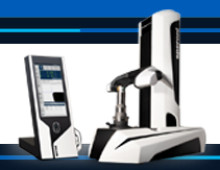
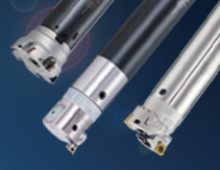
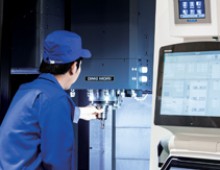
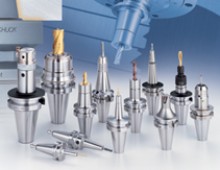
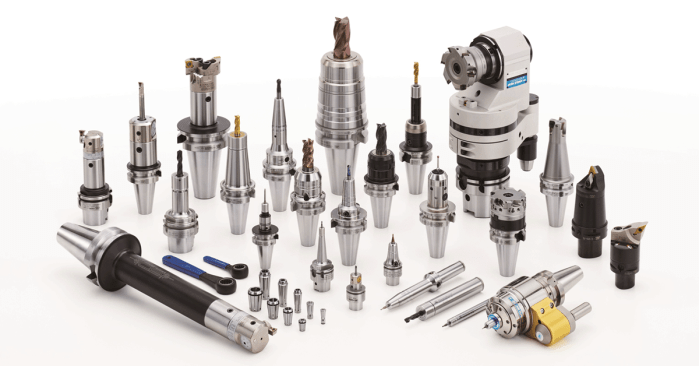
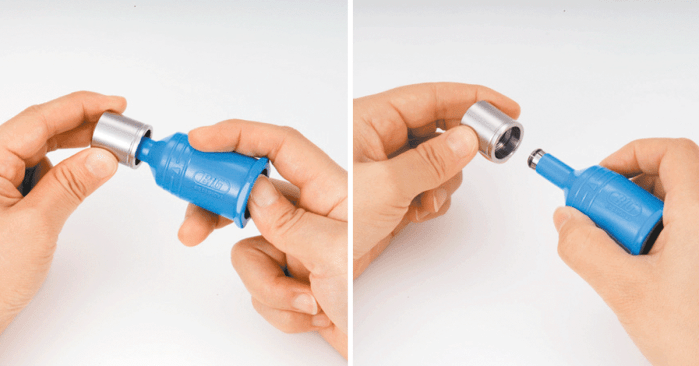
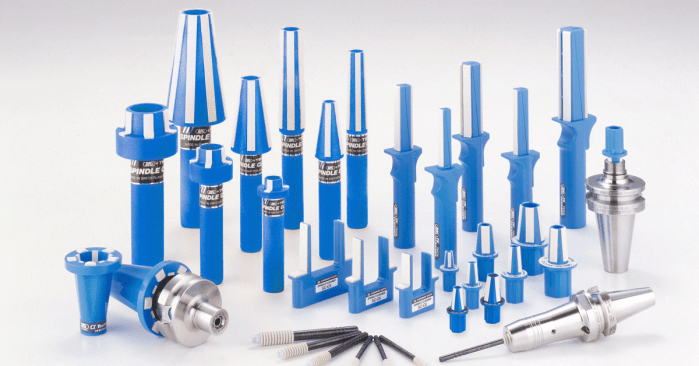
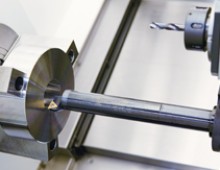
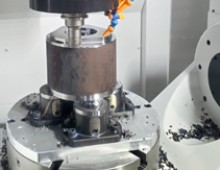
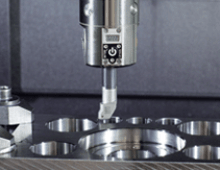
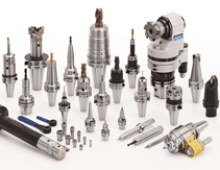
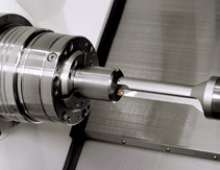
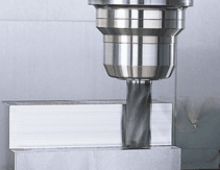
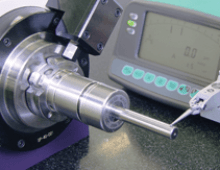
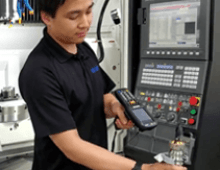
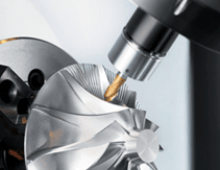
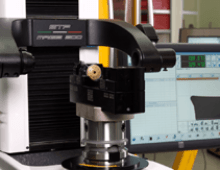
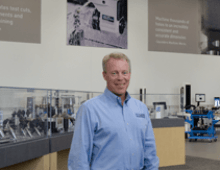
Add new comment